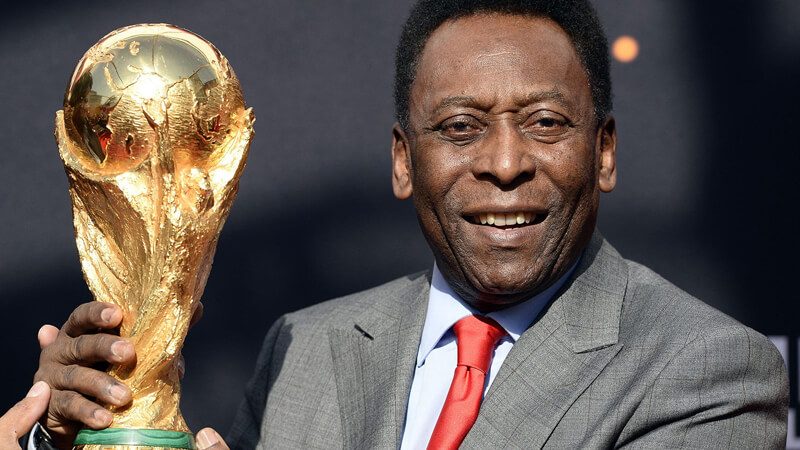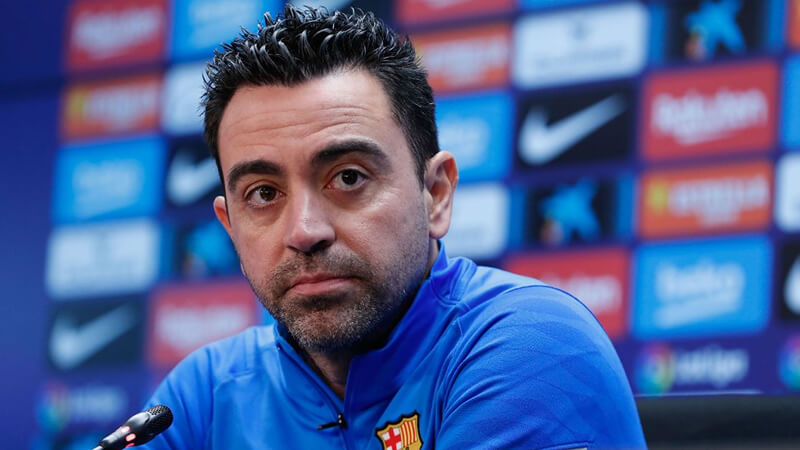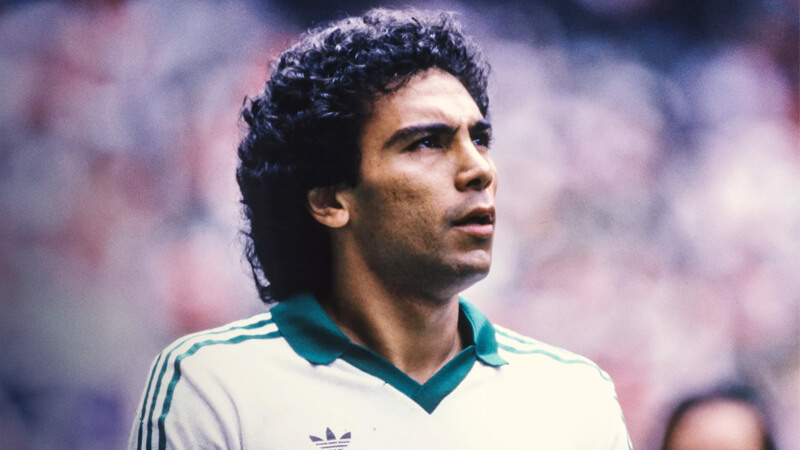Biography of Pele: – The best soccer player of all time, in the opinion of many, was rejected by the main Brazilian football clubs at the beginning of his sports career, until after playing in various secondary schools; in 1956 he signed for Santos de São Paulo.
His father had been a mediocre soccer player who retired early. While learning the craft of dominating the ball, Pele made a living as a shoe shiner.
But by the age of eleven they had already noticed him, and at fifteen he arrived at Santos, the team of his life, after the national team of Brazil.
Biography of Pele
- Born:- 23 October 1940 (age 76), Três Corações, Minas Gerais, Brazil
- Education:- Metropolitan University of Santos (1970–1974)
- Children:- : Edson Cholbi Nascimento, Kelly Cristina Nascimento
- Spouse:- Marcia Aoki (m. 2016), Assíria Nascimento (m. 1994–2008), Rosemeri dos Reis Cholbi (m. 1966–1982)
- Awards:- South American Footballer of the Year, FIFA 100
- Died: December 29, 2022
Between 1956 and 1974, Pele offered in the Santos real football recitals. The Black Pearl, one of the names he received, was a medium-sized player that combined great technical ability, a powerful shot with both legs and an unusual ability to anticipate.
See Also: Biography of Diego Armando Maradona
Throughout his long sports career, Pele won with his club ten Paulista Championships (being the maximum director in eleven), five Rio-São Paulo Tournaments, twice the Copa Libertadores and two other Intercontinental Cups in the same years (1962 and 1963), and, in 1962, the first World Club Championships.
Pele made his debut in the Brazilian national team at the age of seventeen and his contribution to the magic of the Carioca game was keys to winning the world title in Sweden in 1958.
The incorporation of young Pele and Garrincha launched an artistic game, fluent and domineering (the so-called beautiful game) that had very little to do with the soccer of strength and pelotazo of the Anglo-Saxon sets or with the improvisation of the Mediterranean.
Thus began in the world championships a brilliant stage, marked by the legendary figure of Pele, who astonished the world with his game, his class, his intuition, his control of the ball and the shot.
At the 1958 World Cup in Sweden, a goal against Wales made the Brazilians in the semi-finals against France, which beat them by a crushing 5-2 with three goals from Pele. In the final, the Brazilian machine rolled the hosts to leave the final score in 5-2, again with three goals of Pele.
Pele had arrived at the World-wide one of Sweden like substitute, like a boy (lad) that promised much, and returned with the halo that surrounds the legends.
Soon it would be called O Rei (The King), nickname that Pele received in 1961 from the French press. In the years to come, Pele would confirm his own myth, earning him the status of best player of all time in leading the World Cup triumphs in Chile (1962) and Mexico (1970); the three world titles were worth to the Brazilian combined the adjudication in property of the first trophy instituted, the call glass Jules Rimed.
After obtaining all possible titles and having scored more than a thousand goals scored in official matches (1,284 goals in 1,363 matches, according to statistics), he announced his retirement from active sport in 1974.
However, Pele (whose pseudonym apparently lacks any significance at all ) ficha in 1975 by the Cosmos of New York, equipment constituted by a set of great figures of the soccer in order to promote this sport in the United States.
After retiring definitively in 1977, O Rei received numerous awards and recognitions, such as the International Peace Prize (1978) or the Athlete of the Century (1980).
Pele began a relatively successful career in film as an actor (he participated in the feature film John Huston Evasion or Victory, 1981), and in 1964 he became the best-paid sportsman to date.
Pele also continued to play a major role in the world of soccer since his offices, and in 1995 he was appointed Minister of Sports in Brazil, a position from which he promoted the so-called Pele Law, with which he intended to change the legislation on sports contracts between clubs and players.
Still a few post for the title of best player in history to figures such as the Dutchman Johan Cruyff, the German Franz Beckenbauer or the Argentines Diego Armando Maradona, and, in the XXI century, Leo Messi, claiming that the highest level of demand of soccer in the last t decades is not comparable to that of the times of O Rei. But it is undeniable that Pele’s records remain unimpaired and seem unreachable; if not the greatest of all times, was undoubtedly the first of the great.




